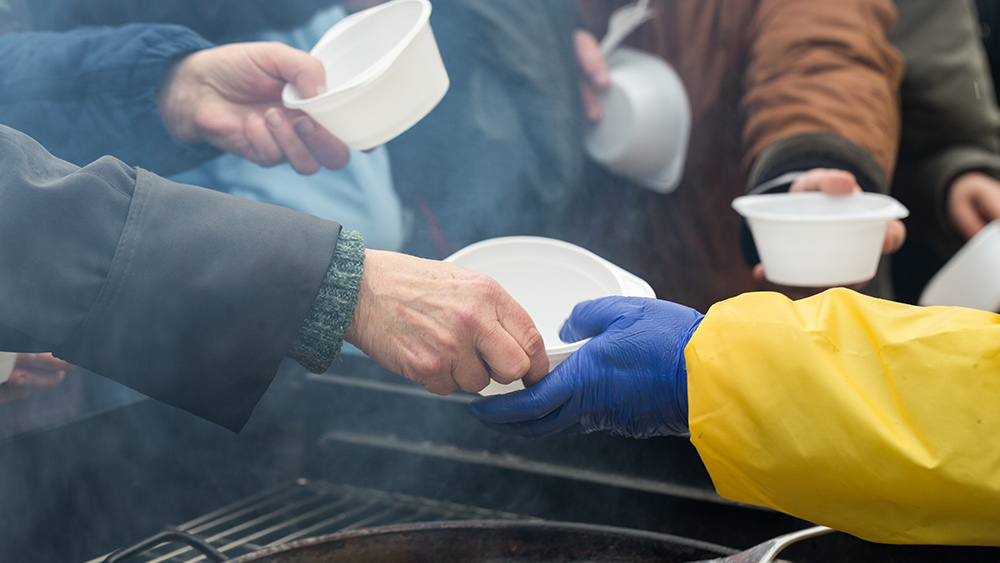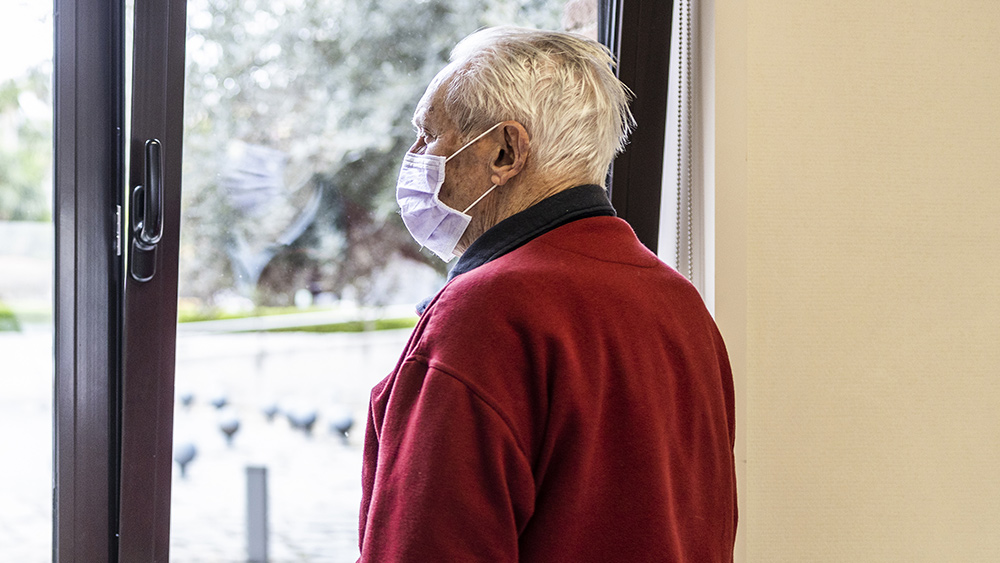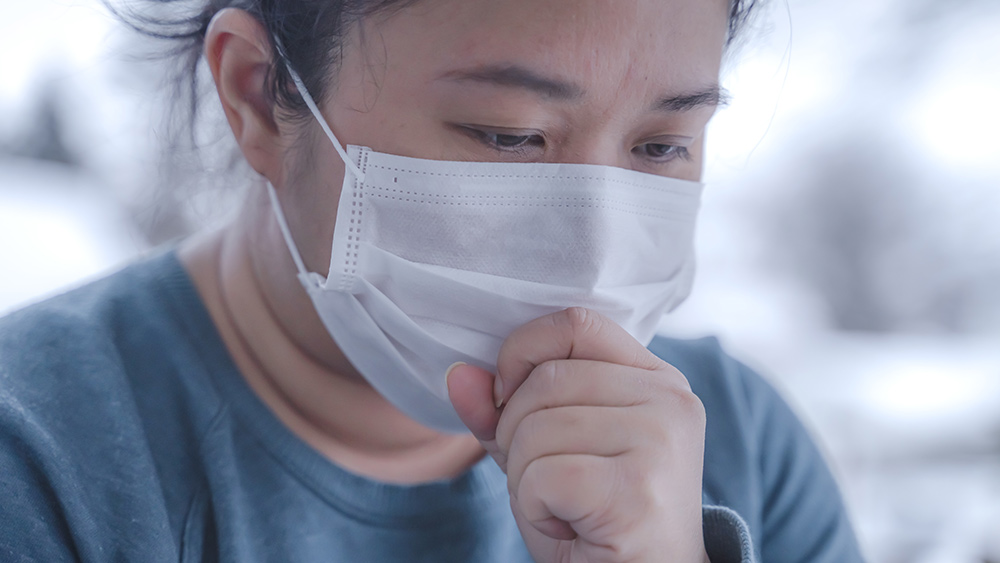Indians decry “unsanitary” coronavirus quarantine facilities
05/03/2020 / By Michael Alexander

Clogged toilets. Dirty, cramped beds. Not enough showers. No soap. Stale food. Poor sanitation.
This is the sight that greeted people who found themselves billeted in the coronavirus quarantine centers spread across some of India’s major cities — a sight that many have come to describe on social media as nightmarish and disgusting.
As a result, many have actively avoided the facilities: Those who can afford it, avail of private healthcare services and book specially converted hotel rooms, while some self-isolate in their homes.
Some though — such as the migrant workers who tried to flee the cities of New Delhi, Mumbai and Ahmedabad after a lockdown — have no such choice.
According to the workers, they were on their way to their home villages when they were stopped by the police and brought to the poorly managed quarantine facilities.
“I have been flooded with demands – people need better beds, clean toilets… all I can tell them is ‘please adjust, please calm down,'” Hemangi Worlikar, the deputy mayor of Mumbai’s municipal corporation, which has one of the country’s highest coronavirus caseloads, said.
Sujatha Rao, a former secretary with the Indian ministry of health and family welfare, said in an interview with NPR that the unsanitary conditions in quarantine facilities are indicative of the fact that local government officials do not understand the importance of quarantines.
According to Rao, the facilities shown on social media are “totally unacceptable.”
Unsurprisingly, people — especially those billeted at the said facilities — are getting angry.
In fact, an official from the federal Ministry of Home Affairs said there had been reports of 27 clashes in quarantine centers since April 16. According to the official, the clashes were caused by “mounting frustration” and “anxiety” among those booked in the facilities.
Unfortunately, even doctors and other front-line medical workers have been billeted in poorly built and serviced accommodations, with several doctors and medical professionals uploading videos showing stale food and dirty toilets at a quarantine center located in Uttar Pradesh’s Rae Bareli district. (Related: India’s coronavirus lockdown devolves into a catastrophe.)
SK Sharma, a chief medical officer in Rae Bareli, has since confirmed the legitimacy of the videos.
“The complaints made by doctors were legitimate,” Sharma said, adding that the doctors have been relocated to a guest house.
In addition, there have also been reports of patients breaking out of quarantine facilities across the country, thus prompting frantic manhunts by health and law enforcement officials and efforts to trace the people they may have come into contact with. This was the case at a converted school in Sultanpur in Uttar Pradesh state, wherein 25 youths clashed with staff over the facility’s poor conditions before escaping through a window.
According to the police, the youths were eventually tracked down and brought back to the quarantine facility.
While there are no universal standards regarding the infrastructure and available services at a quarantine facility, the World Health Organization (WHO) said they must, at bare minimum, not enhance the risk for potential transmission.
According to a report by the WHO, authorities should make sure that the quarantine facility, be it a stand-alone structure or a converted existing facility, is appropriate and that adequate food, water, and hygiene provisions can be made for the facility’s residents during the quarantine period.
The WHO also recommended that quarantine facilities have several provisions for privacy and comfort, as well as access to the internet, news, and entertainment.
Indian public health experts, have called on to the Indian government, noting that the latter needs to provide not only clean quarantine facilities, but also sound information about the coronavirus in order to bolster the public’s trust in the country’s healthcare system.
“The challenge is that apart from hygiene, there is general fear and distrust among people of being put in government quarantine centers and in isolation,” Giridhar Babu, an epidemiologist at the New Delhi-based Public Health Foundation of India, said in an interview with DW.
According to Babu, the hysteria and phobia surrounding the virus simply stem from a lack of information about how it spreads.
“There is a lot of phobia and hysteria around who can spread the virus. People who are singled out for quarantine also face social stigma as ‘people spreading the virus,'” Babu noted.
“That must stop. Authorities need to communicate better and clearly explain to people: ‘If you leave the facility, you will do more harm than good to your family and loved ones.’ People need to understand why quarantine is so critical in the fight against the virus,” he added.
As of this writing, the coronavirus pandemic has infected 29,974 individuals and killed 937 in India.
Sources include:
Tagged Under: chaos, Collapse, coronavirus, covid-19, economy, Flu, government, hygiene, India, infections, lockdown, lockdowns, outbreak, pandemic, panic, quarantine, quarantine facilities, sanitation, superbugs, virus




















